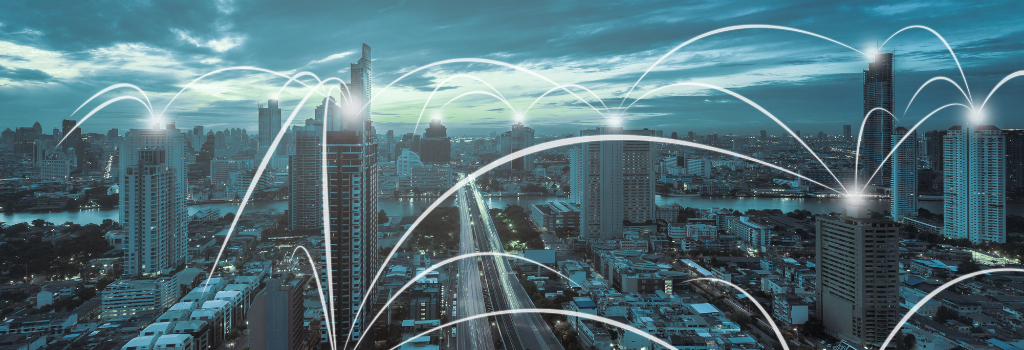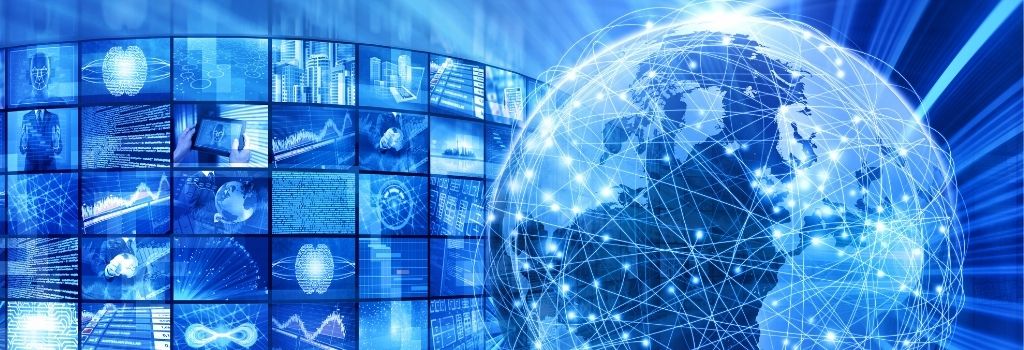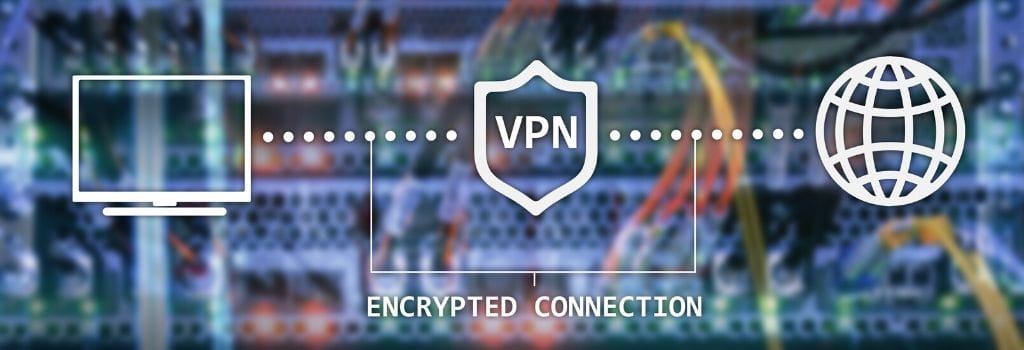Network Computing
Lanner was approached by a customer searching for the ideal hardware appliance capable of supporting the deployment of a K-12 education system, one that serves millions of students and teaching staff residing both inside and outside the country. This inquiry came at the height of the Covid-19 pandemic and all distance learning programs and collaborations must be commenced without too much delay in order to ensure continuity.
For most large-scale enterprises, a Wireless LAN (WLAN) is still a necessary part of the corporate network infrastructure for several reasons. In addition to affording employees the convenience and flexibility of a wireless network connection, it also allows extending the network to temporary users such as guests and contractors. This service may transform from a convenience to a necessity as the organization expands or implements a ‘wireless-first’ network solution.
閱讀全文: Network Appliances Consolidate Industrial IoT Wired & Wireless Network Management
Network security is an ever-increasing in today’s environment. According to one recent cybersecurity study, as many as 90% of companies have faced increasing cyber-attacks during the global Covid-19 pandemic. This has resulted in an increased number of security breaches using a number of advanced cyber-attack techniques, including malware, ransomware, zero-day exploits, and persistent threats.
閱讀全文: NGFW Appliances Empower Cloud-First Sandboxing for Remote Workers
The HEVC encoder compresses a raw video feed at it source and is a much better alternative to the H.264 standard codec. When compared with H.264, HEVC’s advantage is obvious as it allows for as much as 50% lower bandwidth consumption.
閱讀全文: NCA-5210 & NCS2-NV02: Delivering Agile, Scalable And Adaptive Video Transcoding Performance
The fact that the year of 2020 started off with a bang, so to speak, only accelerates the already rapidly on-going migration to the cloud. Haste in this case does make waste, however, and we are witnessing significant breakages in enterprise security architectures, with many singling out the increased use of public clouds as the leading cause of security compromise.
閱讀全文: NCA-1510: Delivering Cloud-based Security Using On-premises Hardware Solution
Thus far into 2020 it has not been business as usual as companies scrambled to cope with the COVID-19 pandemic and rushed to implement a feasible work-from-home model in order to ensure a productive and secure workforce. To securely connect teleworkers to the enterprise networks, businesses must integrate multiple security functions into a single appliance, one that delivers not only end-to-end visibility for potential threats with zero-touch deployments but also flexibility for implementing security measures on the fly and simplicity for effortless centralized management.
閱讀全文: Scalable Enterprise NGFW Ensures Business Continuity and Security for Teleworkers
Hyperscalability enables seamless system resource management, provisioning and distribution by integrating networking and compute resources in a software-defined system. A healthy and robust system must be built on such hyperscalability in order to combine storage, compute, and virtualization layers of an infrastructure into a single system architecture.
閱讀全文: NCA-5710: A Hyperscale Network Security Solution For Businesses Of All Sizes












